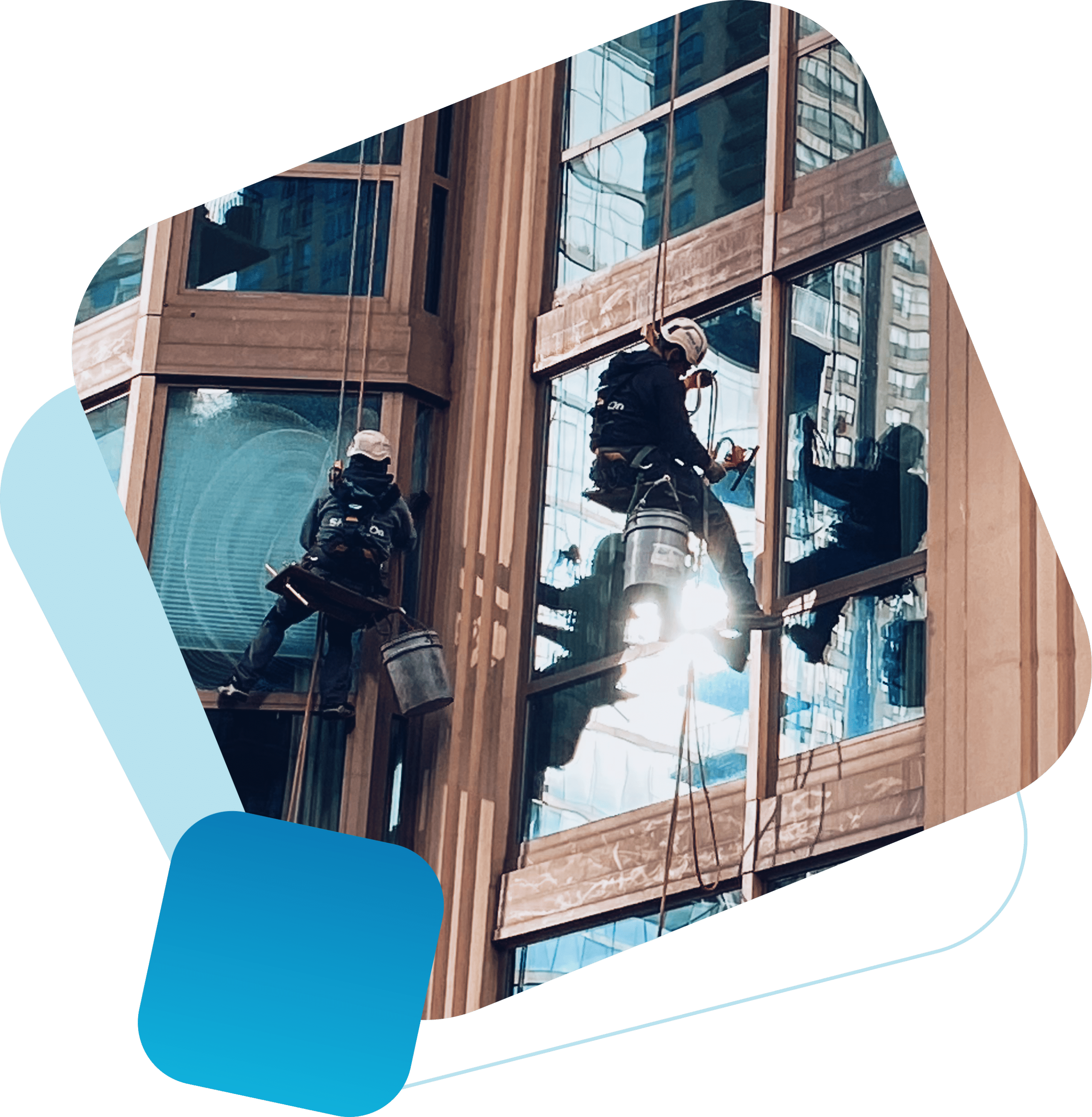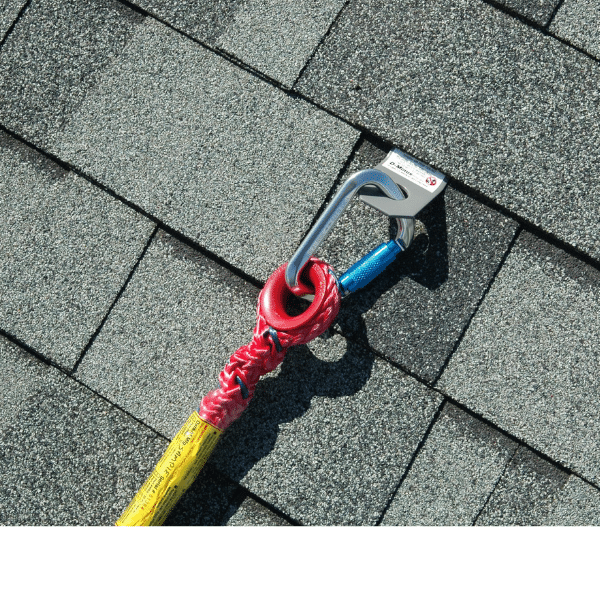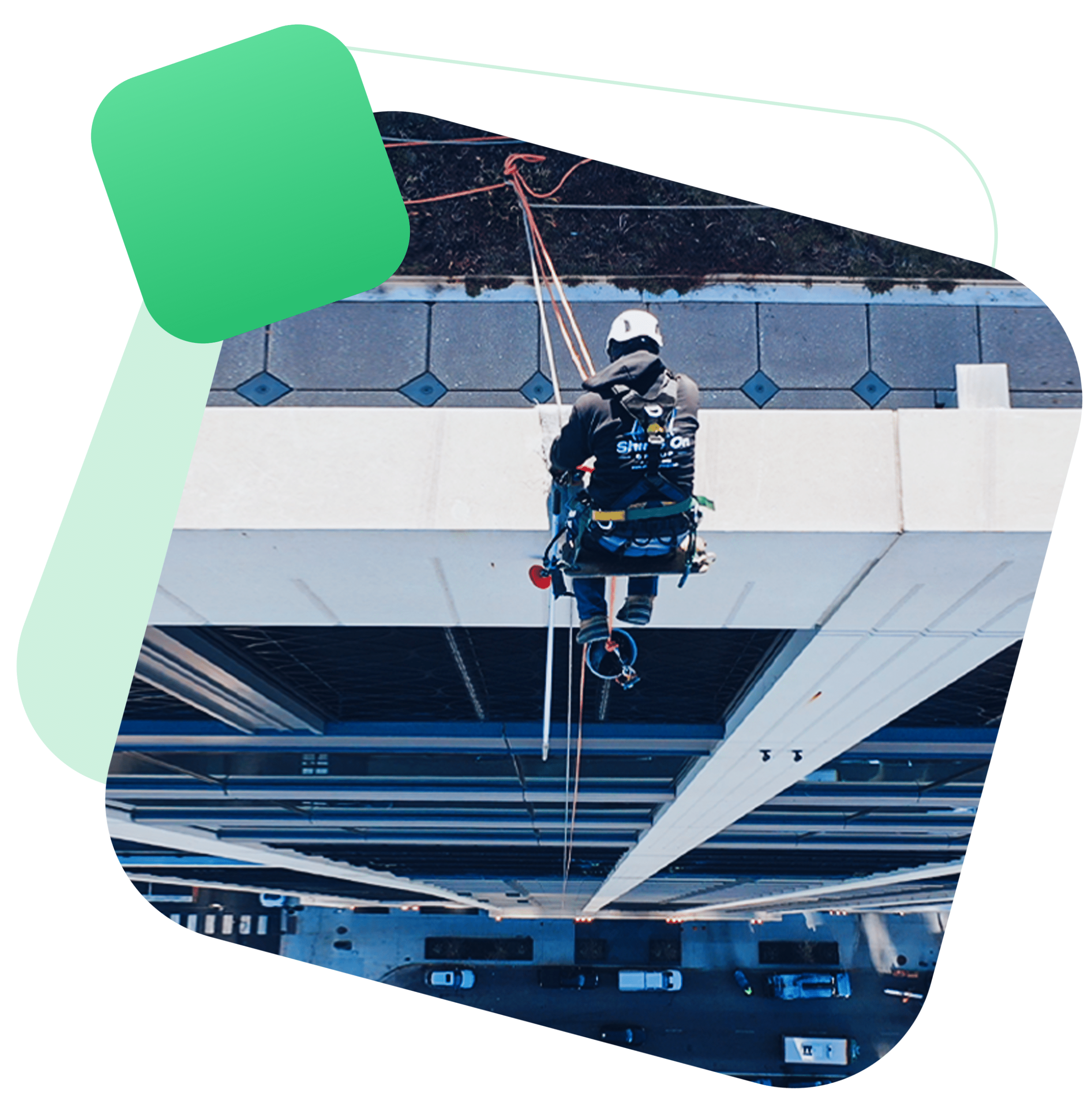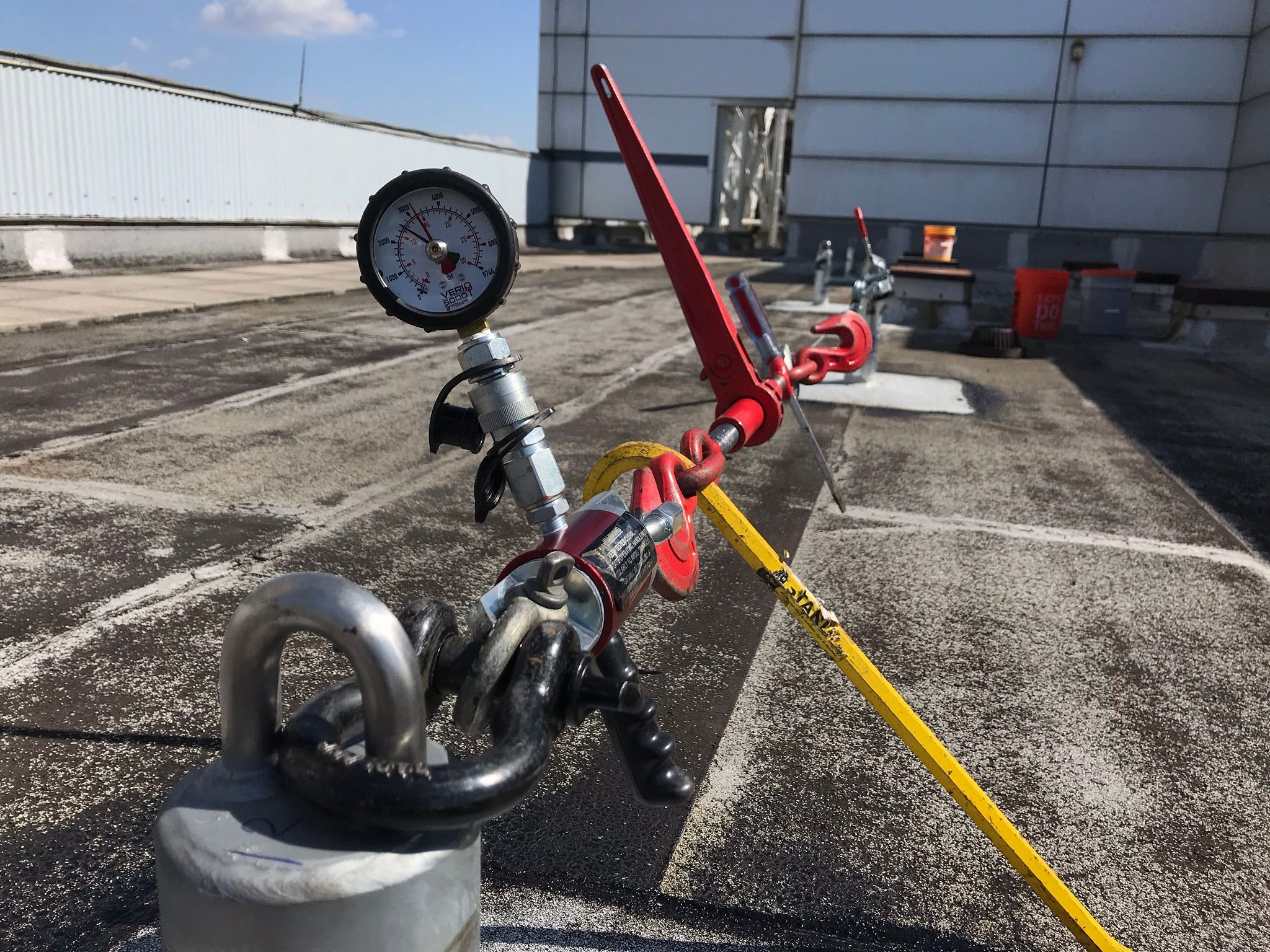Falls and falling objects are among the leading causes of workplace injuries and fatalities. OSHA’s Standard 1910.28 outlines the requirements for employers to protect workers from these hazards, emphasizing the importance of implementing appropriate safety measures.
Key Provisions of OSHA 1910.28
1. Employer’s Duty to Provide Protection
Employers must ensure that each employee exposed to fall and falling object hazards is protected through the implementation of suitable safety systems. This includes situations where employees are working at heights of 4 feet or more above a lower level.
2. Fall Protection Systems
OSHA allows employers to choose from various fall protection solutions based on the specific work environment:
- Guardrail Systems: Barriers erected along unprotected sides or edges.
- Safety Net Systems: Nets placed beneath work areas to catch falling workers.
- Personal Fall Arrest Systems (PFAS): Systems that stop a fall before the worker contacts a lower level, consisting of a body harness, anchor point installation, anchorage, and connector.
- Travel Restraint Systems: Prevent workers from reaching unprotected edges.
- Ladder Safety Systems: Integrated systems on fixed ladders to prevent falls.
- Designated Areas: Specific zones where work can be performed without conventional fall protection, under certain conditions.
3. Protection from Falling Objects
Employers must also protect workers from falling objects by:
- Installing toeboards, screens, or guardrail systems.
- Erecting canopy structures.
- Barricading areas where objects could fall.
Specific Scenarios Addressed by OSHA 1910.28
A. Holes and Openings
Any hole in a walking-working surface must be covered or guarded to prevent falls. This includes skylights, stairway holes, and ladderway floor holes.
B. Runways and Similar Walkways
Employees working on runways or similar walkways 4 feet or more above a lower level must be protected by guardrail systems.
C. Fixed Ladders
For fixed ladders extending more than 24 feet above a lower level, employers must equip them with a personal fall arrest system or ladder safety system.
D. Stairways
Stairways with unprotected sides or edges must have guardrail systems to prevent falls.
E. Low-Slope Roofs
When work is performed on low-slope roofs
- Less than 6 feet from the edge: Use guardrails, safety nets, travel restraints, or PFAS.
- 6 to 15 feet from the edge: Same protections as above; designated areas may be used for infrequent and temporary work.
- 15 feet or more from the edge: No fall protection required if the work is both infrequent and temporary, and a work rule prohibits employees from going within 15 feet of the edge without protection.
Why Compliance Matters
Adhering to OSHA 1910.28 not only ensures the safety and well-being of employees but also helps employers avoid potential fines and legal liabilities. Implementing proper fall protection measures demonstrates a commitment to workplace safety and can lead to increased employee morale and productivity.
Important things to know, review more articles OSHAs
OSHA’s – 1910.22 General Requirements
OSHA Recognized 3-Levels of Skill- Work at Height
Important Definitions per OSHA
OSHA’s – 1910.140 Personal Fall Protection Systems
OSHA’s – 1910.29 Fall Protection Systems & Falling Object Protection- Criteria and Practices
OSHA’s – 1910.28 Duty to have Fall Protection & Protection from Falling Objects
OSHA’s – 1910.30 Training Requirements
OSHA’s – 1910.23 Ladders- Fixed and Portable
Check our anchoring services
Ensure your workplace meets OSHA’s fall protection standards. Contact Shine On Anchors for expert guidance and compliance solutions.
An Employer’s Duty to Provide Protection from Falling Objects
Most people understand that working at height can be a dangerous business. This is borne out by statistics which show that over 800 workers are killed in America each year as a result of falls.
Every employer has a moral responsibility to protect their workers from harm. This is backed up by legal requirements that specify what needs to be done in certain situations to prevent falls, particularly the OSHA 1910.28 regulation.
Workers who do fall may kill or injure not only themselves but potentially also anyone who is present below them. This also applies to any objects, such as materials or pieces of equipment being used for the work, that fall from a platform onto the area below. It’s vital to ensure this does not happen in order to protect workers from harm and to avoid financial penalties, compensation claims, and disruption to production that will harm the company.
How the 1910.28 OSHA Regulation Protects Workers
Understanding the roof anchor inspection process is essential when evaluating fall protection systems.
The first step in protecting workers from fall hazards is to identify those hazards. Once you do that, you can put in place the type of protection that is most appropriate for those hazards and the OSHA 1910.28 regulation sets out what these are.
This regulation deals with different types of hazards and situations. The common theme for most of them is that some form of protection must be provided where workers are four feet or more above a surface onto which they can fall.
This section of OSHA regulations does not apply to portable ladders, powered platforms, aerial lifts, or various types of work (such as telecommunications and electric power generation, transmission, and distribution) covered by other sections. Nor does it cover inspections, investigations, and assessments.
OSHA 1910.28 B9 deals with the responsibility that employers have for providing protection from falls and falling objects on work areas and walking surfaces. Protection must be provided:
- where there are unprotected edges and sides
- in hoist areas
- if there are holes, such as skylights, that workers can fall through
- on dockboards
- for runways and walkways
- above dangerous equipment, where protection is needed irrespective of the height
- near openings
- for open pits
- when working on sloping roofs.
In general, for these types of hazards, guardrails, safety net systems or personal fall protection, fall arrest or travel arrest systems have to be provided. These are sometimes not mandatory if it can be proved that they are not feasible, although a fall protection plan must be implemented instead. Provisions are also provided for the use of fixed ladders, stairways, scaffolding and rope descent systems, where different regulations apply.
Why Professional Installation is Essential
The whole process of what is needed and where is very complex, and failures to comply can have serious consequences. The best, and possibly only, way to comply is to use a professional organization that is experienced and knowledgeable in the need for and use of safety equipment.
At Shine On Anchors, we have many years of experience in supplying and installing all types of safety systems. We know what is needed and how best to install and use it. We design and fabricate each system to meet individual needs and can ensure you are always fully compliant, and your workers are kept safe. So contact us and have no further worries about doing things the right way.
